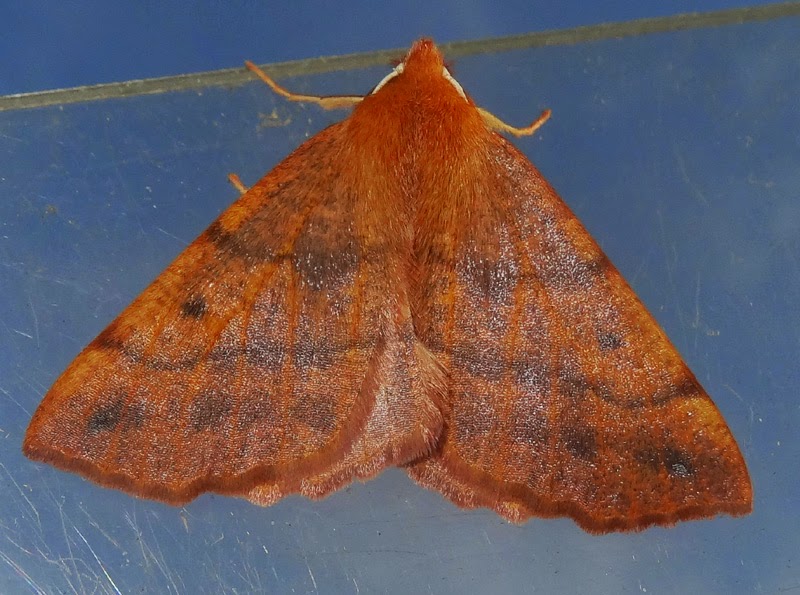A dozen greylag geese dropped onto the fields beside the wigeon. In the last fortnight the greylags seemed to have spent most of their time on the north side of the Island grazing on Reeveshall.
A marsh harrier flew high over the fields in a south-easterly direction, probably heading over to Colne Point. The two stonechats were perched as usual on a bramble bush in the fields beside the dyke.
On the mudflats 800+ golden plover were gathered as the tide went out.
Had a very excited call from my wife Nolly on Sunday morning who had just seen a red squirrel briefly atop our trellis in our Firs Chase garden. In the quick time trying to fetch the camera, the animal had disappeared from view.
There was a bit more bird activity about the place on Saturday 1st because the sun was shining. At the park pond the Cetti's warbler was singing as usual, 16 little egrets roosted in the trees, a sparrowhawk flew past in the morning while at dusk the little owl perched up on the hedge at the bottom of the field. On the water 100 mallard and 16 gadwall were the main ducks along with a few shoveler and two tufted ducks.
Feeding in the horse paddock by the Golfhouse on Saturday morning were 30 chaffinch, along with a small mix of greenfinch, goldfinch, linnet as well as meadow pipits and pied wagtails. A redwing was seen and at least one pair of yellowhammers feeding among some straw.
At the Point twelve reed buntings were perched on the sea-blite bushes while along the seawall a weasel out hunting seemed to concern a small group of meadow pipits and pied wagtails. Thirty linnets were seen flying onto the fields while 45 goldfinches were flying around the park.
A stonechat was seen at Coopers Beach on Saturday morning by Martin Cock.
On Friday 31st there appeared to be two kingfishers flying away from the pond five minutes apart. One headed west to Bromans Lane while the second one flew over the hide heading south-west maybe to the Fen Farm saltmarsh.
The Cetti's warbler also performed briefly out in the open at the pond, on a nearside bush in the morning and then from the kingfisher's willow branch perch in the afternoon. The little owl also showed at dusk while being mobbed by song thrushes and blackbirds. It eventually headed back across the field and perched in a big sycamore tree. Also at dusk 12 stock doves and 12 magpies were gathering to roost although a sparrowhawk upset some of them as it flew out of the copse.
In the river a common tern made its way gradually out of the estuary in the morning, dropping down every so often to the water to feed. Presumably this bird was the same adult bird seen in the Pyefleet a week earlier.
Mothing opportunities are diminishing as the weather turns cooler and wetter. The trap at the park on Friday night had thirty individuals of about five species with this brick moth pictured above, being the only different one of recent nights.
Numbers of feathered thorns are dropping from their peak a couple of weeks ago, with just three noted on Friday night.
The commonest moth at the moment is the November moth /Pale November moth species. The two species are difficult to identify in the field. Out of the thirty moths in the trap, twenty were these November sps. The other moths were mallow and green-brindled crescent as well as a couple of rusty dot pearls.
The moth trap was also switched on during Friday night in the Firs Chase garden but it seems like the season has come to a quicker halt here. Just three species noted, two of Blairs shoulder knot one pictured above, angle shades and a rusty dot pearl.








No comments:
Post a Comment